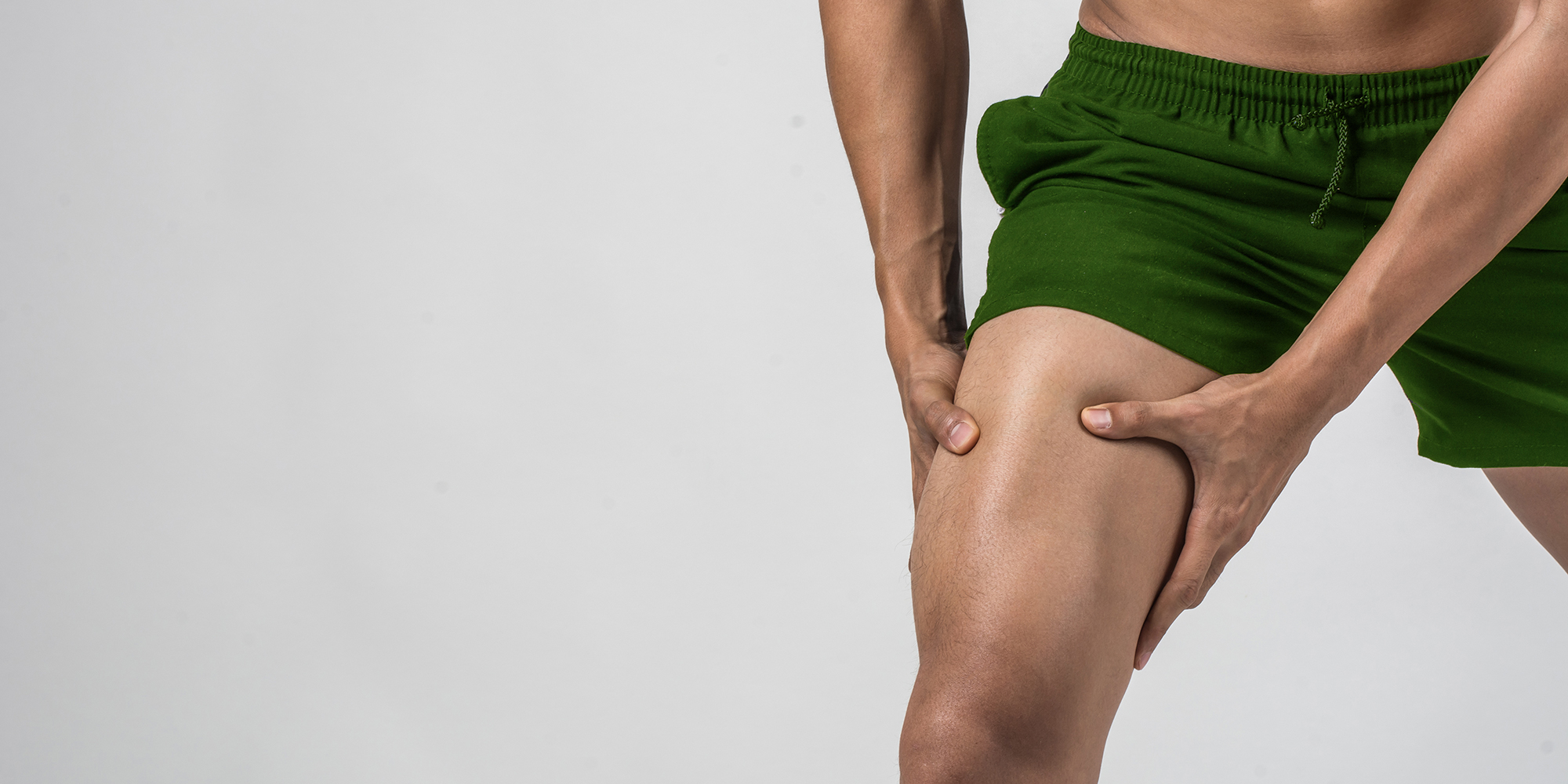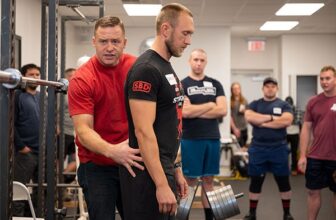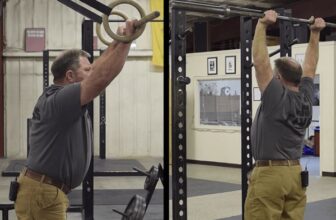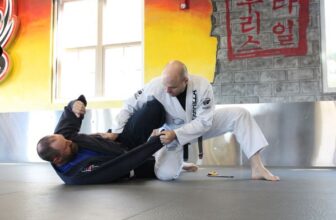When you’re a fitness junkie, sore muscles may feel like a badge of honor. After all, when friends and co-workers ask why you groan every time you sit down, you get to tell them you crushed a tough HIIT session, or that you nailed a squat PR during leg day.
But aside from bragging rights, is it good to be sore after a workout?
What Causes Muscle Soreness After a Workout?
First, let’s cover what’s going on when your muscles get sore after exercise.
That achy, sometimes-painful sensation you feel in the 24 to 48 hours after an unfamiliar or especially tough workout is known as delayed onset muscle soreness, or DOMS. For a long time, researchers believed the phenomenon was a result of lactic acid and other waste-product build-up. Today, we know that DOMS is caused by muscle tissue damage.
“When you challenge your muscles during an intense workout, you create microscopic tears in the tissue,” says Trevor Thieme, C.S.C.S., BODi’s senior manager of fitness and nutrition content. This damage is a completely normal part of the adaptation process. “It’s triggers muscle growth and other training adaptations,” Thieme says.
When you work your muscles harder than usual (i.e. lift heavier weights, reduce rest periods, add new moves to your workouts, etc.) you accumulate enough of that microscopic damage to actually feel it.
“It’s not bad to be sore, and no one should fear being sore,” says Nikki Naab-Levy, an ACE certified group fitness instructor. “Essentially all this means is that you did something novel to your body, and this is your body’s response to it.”
Do Sore Muscles Indicate a Good Workout?
In a word: No.
“There’s no evidence to suggest any link between soreness and workout quality or effectiveness,” Thieme says. In fact, muscle soreness — especially the extreme variety — can limit your fitness and performance gains.
Think about it: If your muscles are so sore that you can’t perform your best (if at all) during your next workout, you won’t be able to realize the full benefits of that workout. For example, if you like to lift weights, excessive muscle soreness can make it hard to lift as heavy as usual, or to perform exercises through their full ranges of motion. And if you’re someone who enjoys HIIT, sore muscles will likely hinder you from achieving or maintaining the workout intensity you need optimize your fitness gains.
As Naab-Levy notes, having sore muscles doesn’t mean you’re becoming more fit, it just means you did something different or more challenging. So, don’t go chasing muscle soreness with every workout.
Instead of gauging the effectiveness of your workouts by how sore you are, look to other performance indicators. For example: Are you lifting more weight than before? Can you finish that HIIT circuit faster than your previous attempt? Did you run farther than you did last week?
How to Reduce Muscle Soreness
One of the best ways to relieve muscle soreness is to simply give yourself time to recover before exercising again. “If you give yourself adequate time to recover, you can make the most out of every single workout that you do,” Naab-Levy says.
The good news is it only takes one challenging workout for your body to “learn” how to be better prepared for next time, according to a study in Frontiers. When you do that workout again, you won’t be as sore as you were the first time around. You can also try stretching, foam rolling, low-intensity exercise (think: yoga, easy walking or jogging, Pilates), icing, and heat therapy to facilitate your recovery and reduce soreness.
DOMS typically lasts from three to five days. If you’re excessively sore for much longer than that, schedule an appointment with your doctor to make sure that you aren’t suffering from overtraining or that an underlying medical condition isn’t to blame.







